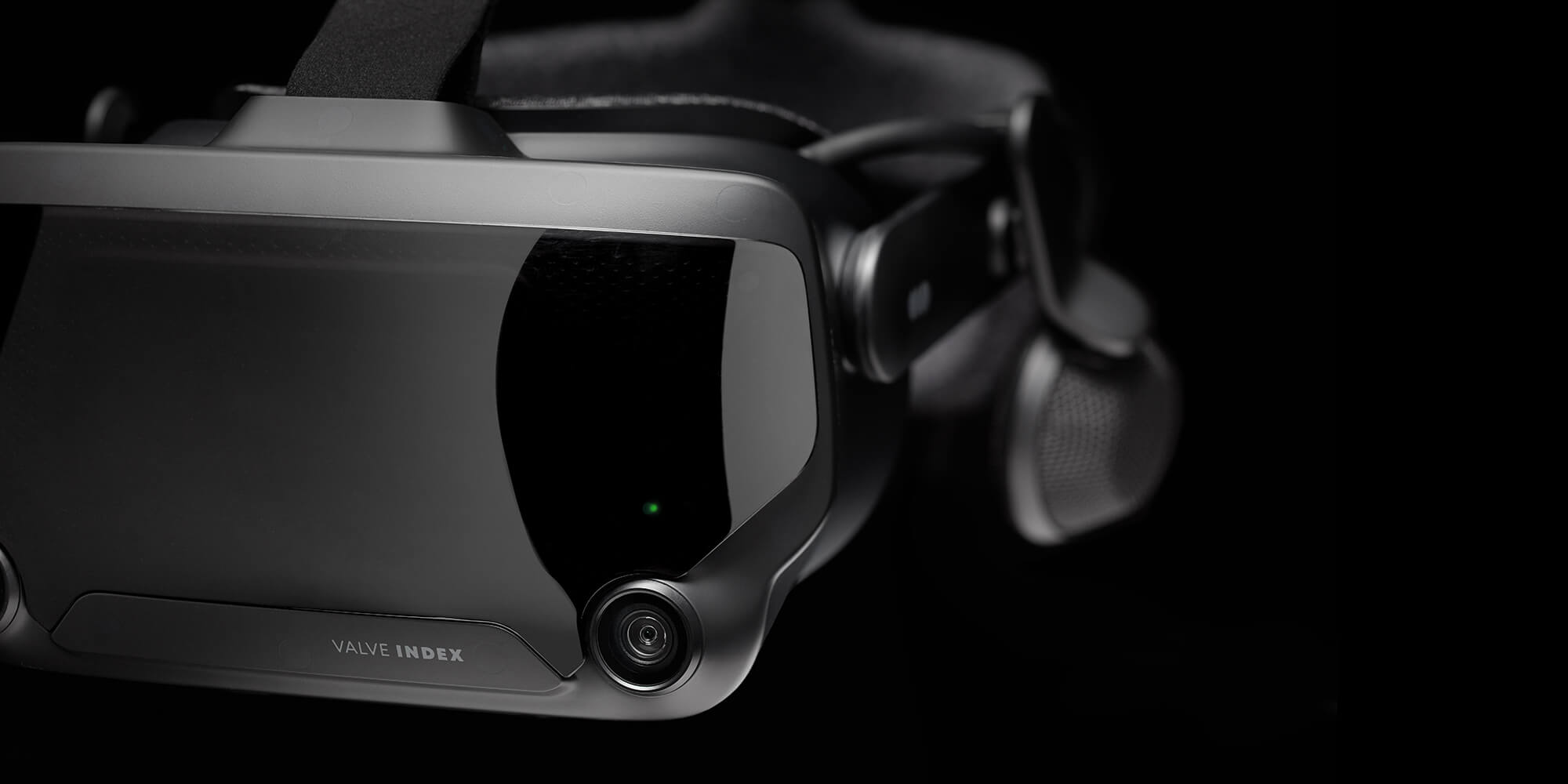A head-mounted display (HMD) is another term used to describe a virtual reality headset (not to be confused with the Nokia global branch of mobile phones). Not all HMDs are VR headsets, and not all VR experiences come from a head-mounted display. An HMD is a part of a device that is on your head, showing you a virtual or augmented world in front of you.
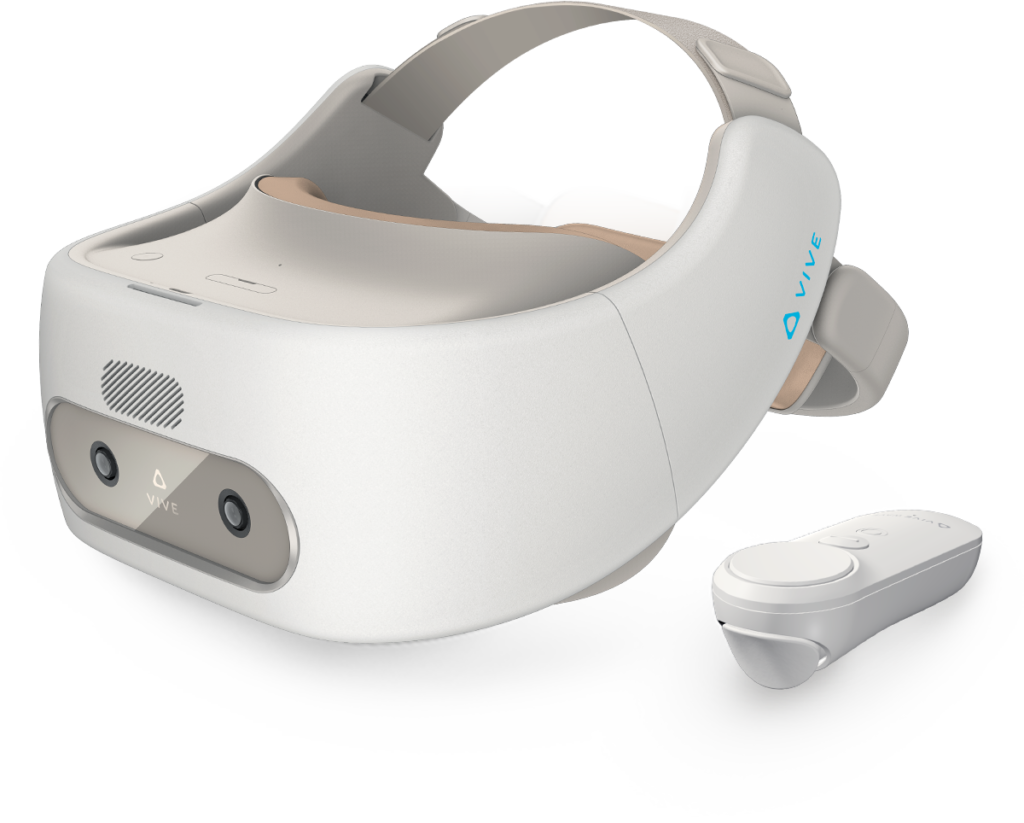
The first commonly used HMD came from a virtual reality headset while using your phone for the display itself. Smartphones were the first popular HMD in the world, but virtual and augmented reality has come a long way since then.
In this comprehensive guide to HMDs, we’ll be taking a deep dive into the virtual reality side of things. From the user experience to the best HMD you can buy, we will have it all.
The History of the HMD
The very first virtual reality headset was created by an American Computer Scientist, Ivan Sutherland back in 1968. This wasn’t the first HMD though, as it couldn’t actually be mounted onto your head. If you want to take a more modern approach, VR through smartphones was widely adopted back in 2014, thanks to the Samsung Galaxy phones. This is when you can put a stamp on history of when the HMD became popular.
There was a middle ground. When the Oculus Rift and HTC Vive were released, there was some excitement, but a push to be better. Many thought we were a decade away from better experiences, but the technology has grown as well as the common VR headset. AR headsets, such as the Microsoft Hololens, also forced the industry to find a way to be more immersive with a stereoscopic display.
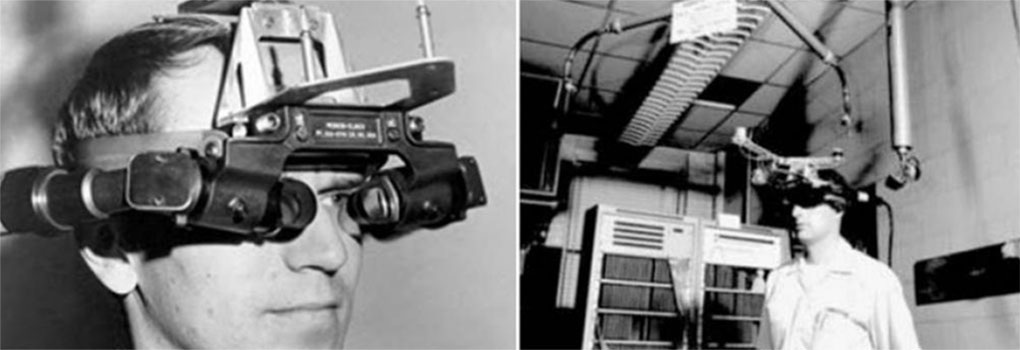
Fast forward six years and you have some of the most sophisticated virtual experiences in the world. From the standalone Oculus Quest to the tethered high-end Valve Index, there is no shortage of surreal experiences. The field of view has improves, the onboarding process is easier for newbies, and the image quality is simply absurd.
2020 won’t be the global peak of the HMD and virtual realty though. Oculus is on the record saying that the next generation of headsets will change VR and head-mounted displays forever. No more mobile phones sliding in, no more battery life issues, and hopefully an experience that will make you forget you have a headset on at all. With devices that have Qualcomm chips inside, and a company that has created a great brand of VR, the future of this technology is bright.
Things to Do With Your Head Mounted Display
Your wearable display five years ago was just that. A display that was immersive, but caused eyestrain. The pixels weren’t dense, the visual effects were poor, and the helmet mounted experiences were simply not great. You would get motion sickness, simulator sickness, and even some awesome eye fatigue.
This is no longer the case.
Seeing with your eye is only half the battle. You can now play high-end VR games with you HMD. With eye tracing, a depth of field that is unrivaled, and many other optical adjustments, HMDs have allowed us to experiment with video games in an entirely new way. Head tracking from the inside out also gives you the ability to use your headset however you please.

From immersive VR experiences to high-end gaming, there is no shortage of what you can do with your head mounted displays. You can watch shows like The Office on Netflix in your virtual space, or you can play an intense game of Beat Saber or Pistol Whip.
One of the things you currently can’t do effectively in VR is work. There are plenty of enterprise solutions that come in the form of VR right now, but none of them seem to be enhancing and pushing your work forward. AR glasses are owning this right now. With smart glasses taking over the workspace, don’t expect VR to come by storm in your office any time soon.
But when it comes to options with you HMD, visit the SteamVR store to have an endless selection of virtual options.
Best HMDs to Buy
If you’ve made it this far and don’t have your own HMD, this is the time to get your credit cards ready. Below, we will be listing out the best options for you to buy. There are different use-cases for each headset, so make sure to read what the headset is going to do for you. You don’t want a Valve Index if your goal is to watch TV, and you don’t want an Oculus Go if you are trying to master each song on Beat Saber.
Oculus Go
This headset has seen a permanent price cut, all the way down to $150. That may seem like a bargain for a VR headset, but hold on. The primary use of this headset is media consumption. This headset will be served best when you are trying to watch TV or watch a live VR event.
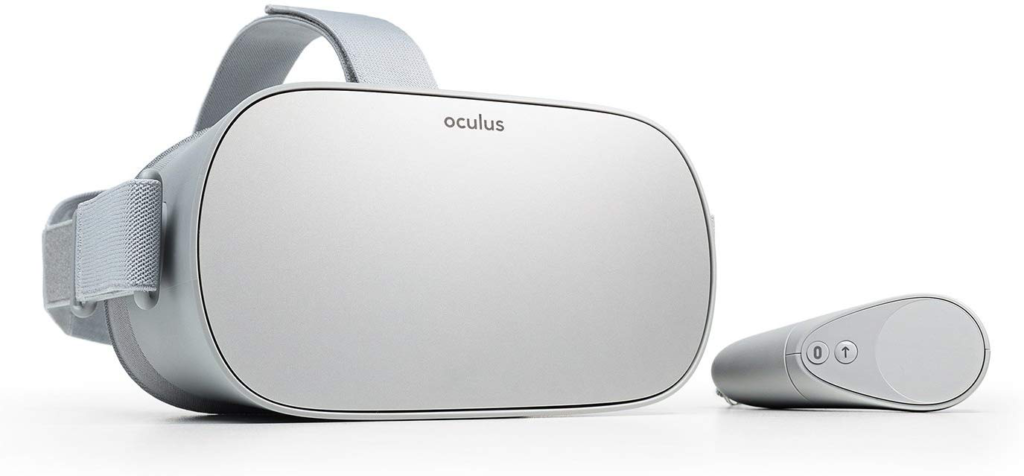
If you re trying to get into any sort of gaming with an HMD, this isn’t the headset for you. The Oculus Go store is thin, and the developers aren’t dedicated to bringing great gaming experiences.
Oculus Quest
The Oculus Quest is the most versatile headset in the world right now. You can experience standalone high-end gaming, PC-level VR gaming via Oculus Link, and consume all sorts of VR and non-VR media. This is a happy medium for many, and the price point is something that you should be grateful for.
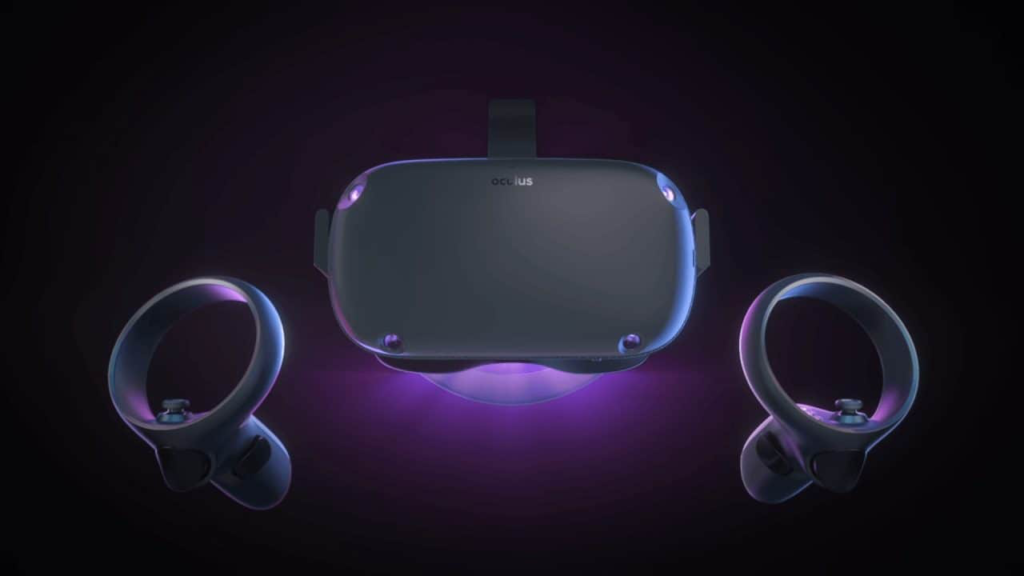
If you want a headset that is a great starting point in VR, but you aren’t sure how you are going to use the platform, this is the headset for you. Large storage, great compute, and one of the better display market available to anyone getting into VR without a view of what they want to do.
HTC Vive Cosmos
Because the Oculus Rift S is essentially the same as the Oculus Quest with a link cable, we won’t be recommending the same brand again. The Vive Cosmos is special for a couple reasons though. This headset can transform into any type of headset you want. It is a modular headset that is capable of becoming whatever you want it to be.
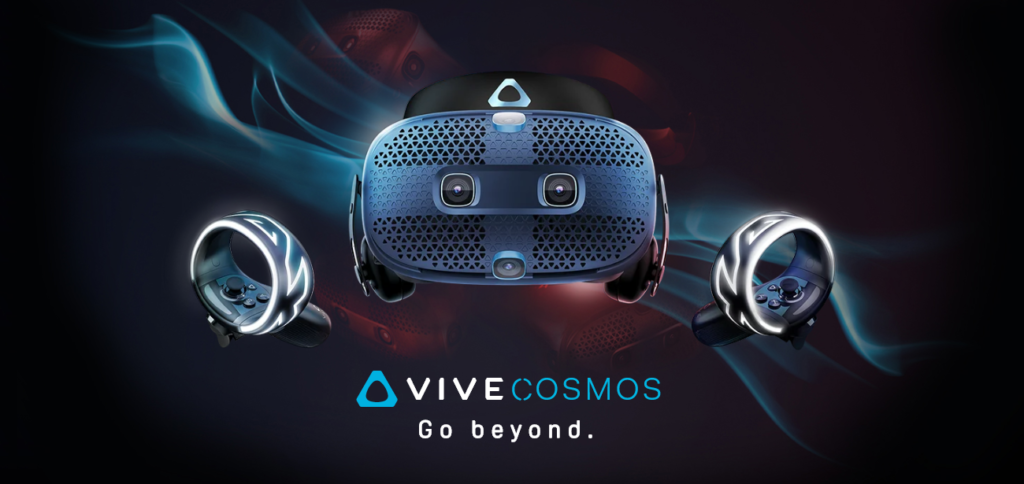
The Cosmos Play is the ‘lite’ version of the Cosmos. The regular Cosmos is the regular version, and the Elite version is the headset for those who are ready to conquer the world of high-end PC VR video games. Buying the base model is all you need to do to get started. With a manageable starting price, many are excited about the possibilities of this headset.
Valve Index
If the Oculus Quest is the Honda Civic, the Valve Index is the Tesla. This is the best headset a consumer can buy right now. It will work with nearly any PC and is ready for the most demanding games you can get. Pistol Whip on hard? Thats simple. Expert Plus on the Beat Saber? Not a problem.
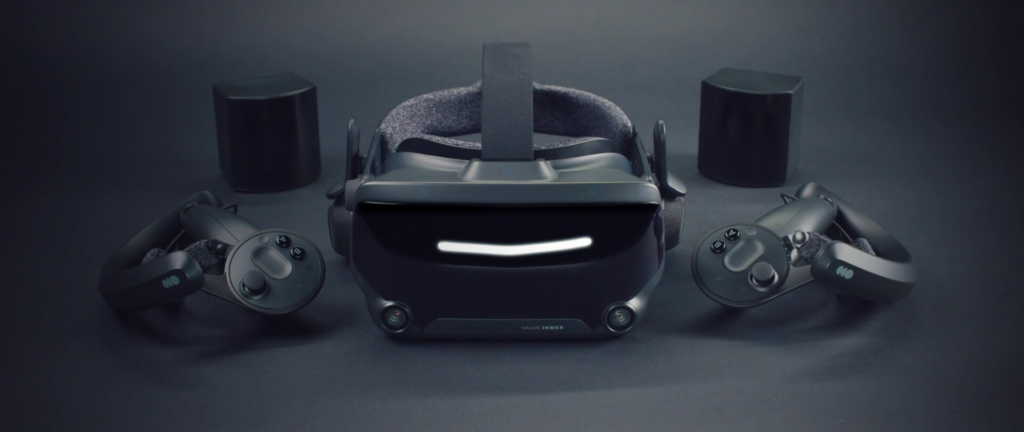
If you are certain you will push your headset to the limit, you will want to splurge and get the Valve Index. The price point is going to stay pretty consistent, but you are getting for what you pay for, and more. The Valve Index is our default headset here at VRGear. We recommend this headset to anyone that is getting into some serious VR adventures.






















